When it comes to the animal kingdom, some creatures are all about making the first move—and not in the way you might hope. They strike with a “better safe than sorry” mindset, leaving you to wonder if they ever had any questions at all. While we might be more accustomed to gentle giants and curious critters, these 13 animals bring a whole new meaning to being proactive. Whether their rapid responses are due to instinct, territory protection, or just plain attitude, you’ll want to tread lightly if you ever cross paths with them. So, buckle up as we dive into this wild world of animals that attack first and leave the questions for later.
1. Honey Badger
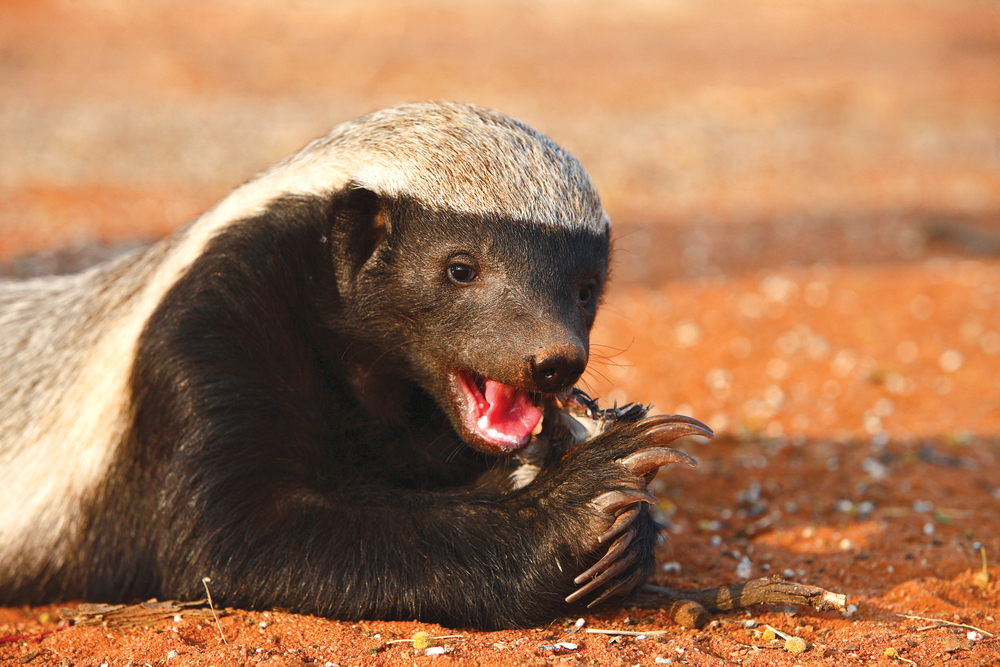
The honey badger is infamous for its fearless attitude and relentless nature. This small but fierce creature has earned its reputation as one of the most aggressive animals in the world. If you find yourself in the honey badger’s territory, it won’t hesitate to charge at you. According to a National Geographic article, they are known to fend off predators much larger than themselves, showcasing their tenacity and boldness. Despite their small size, honey badgers are the embodiment of the phrase “don’t mess with me.”
Their aggression is driven by a territorial instinct that few animals rival. Honey badgers have thick skin and a nasty bite, which makes them well-equipped for confrontation. They are not picky about their battles, often taking on venomous snakes and other dangerous creatures. This fearlessness is what makes them a formidable opponent in the wild. So, if you see a honey badger, it’s best to give it a wide berth and admire its bravery from afar.
2. Cape Buffalo
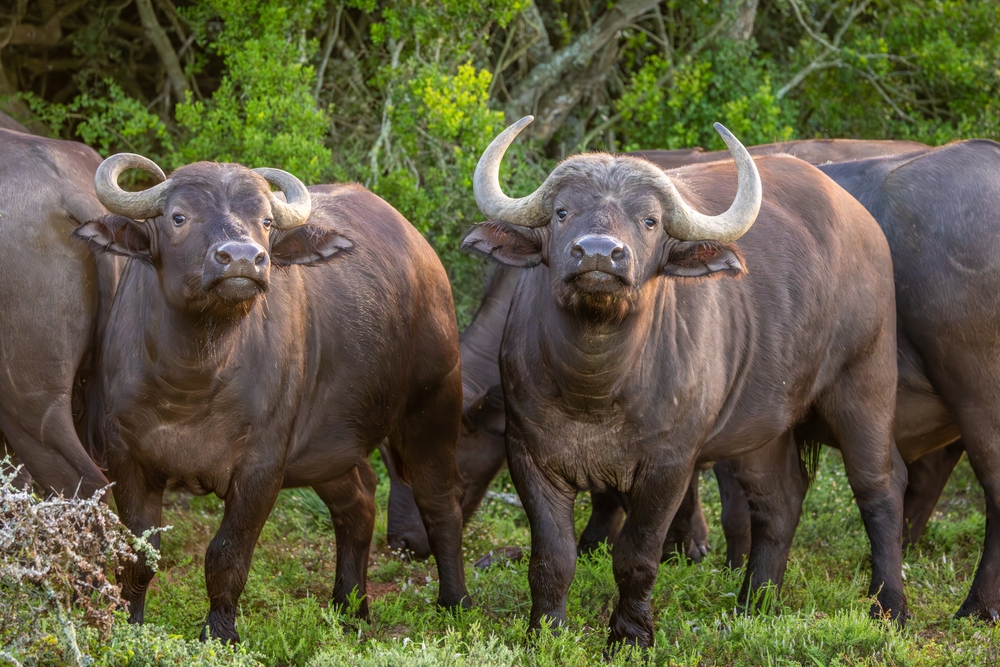
Cape buffaloes are often described as one of Africa’s most dangerous animals. They are known for their unpredictable nature and willingness to charge at threats. Weighing up to 2,000 pounds, these animals have the strength and stamina to back up their aggressive tendencies. You might think twice about getting in their way when they’re in a mood. In herds, they use numbers and brute force to defend themselves against predators.
Their aggression is largely a defense mechanism, particularly when calves are involved. Cape buffaloes will not hesitate to protect their young by forming a protective circle. This instinctual behavior makes them one of the most formidable forces in the savannah. They’ve been known to kill more hunters in Africa than any other animal. Approach them with caution, or better yet, respect their space altogether.
3. Cassowary
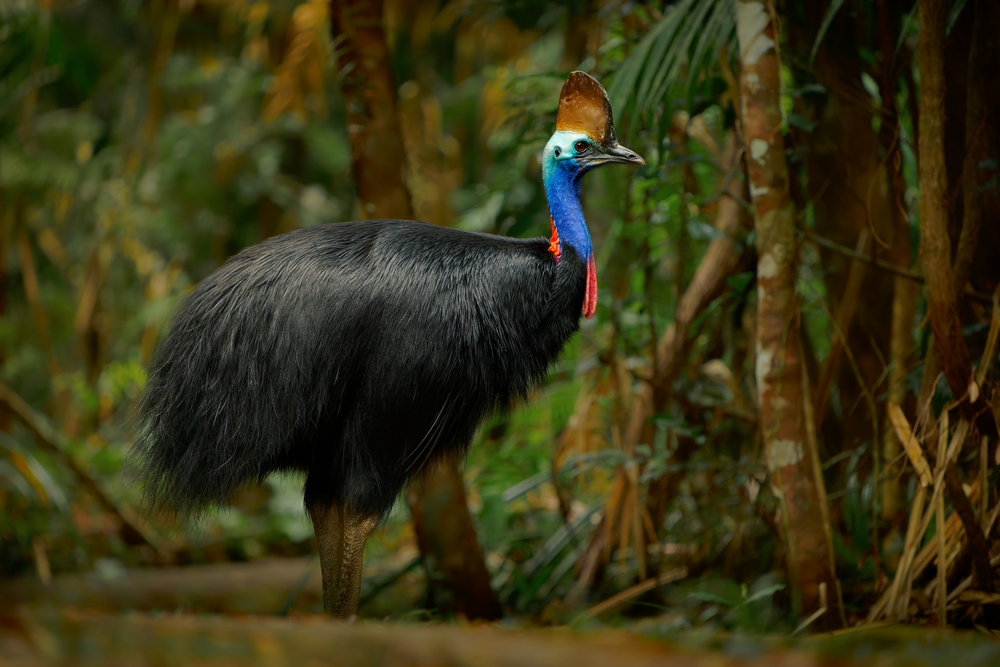
Cassowaries are large, flightless birds native to the tropical forests of New Guinea, nearby islands, and northern Australia. With dagger-like claws and a powerful kick, they are not to be underestimated. If they feel threatened, they can deliver a swift and dangerous strike. The BBC notes that cassowaries are capable of inflicting serious injuries, making them a bird you wouldn’t want to ruffle. They may be beautiful, but their aggressive nature is one to be wary of.
Interestingly, their aggression is not solely directed at humans; they can also be territorial towards other animals. The males are particularly protective during the breeding season, which adds another layer of caution for those nearby. Cassowaries have been known to chase intruders at high speeds, utilizing their long legs to cover ground quickly. Their striking blue and black plumage might catch your eye, but remember, this bird’s beauty comes with a warning. Best to admire from a distance and avoid any unnecessary encounters.
4. Wolverine
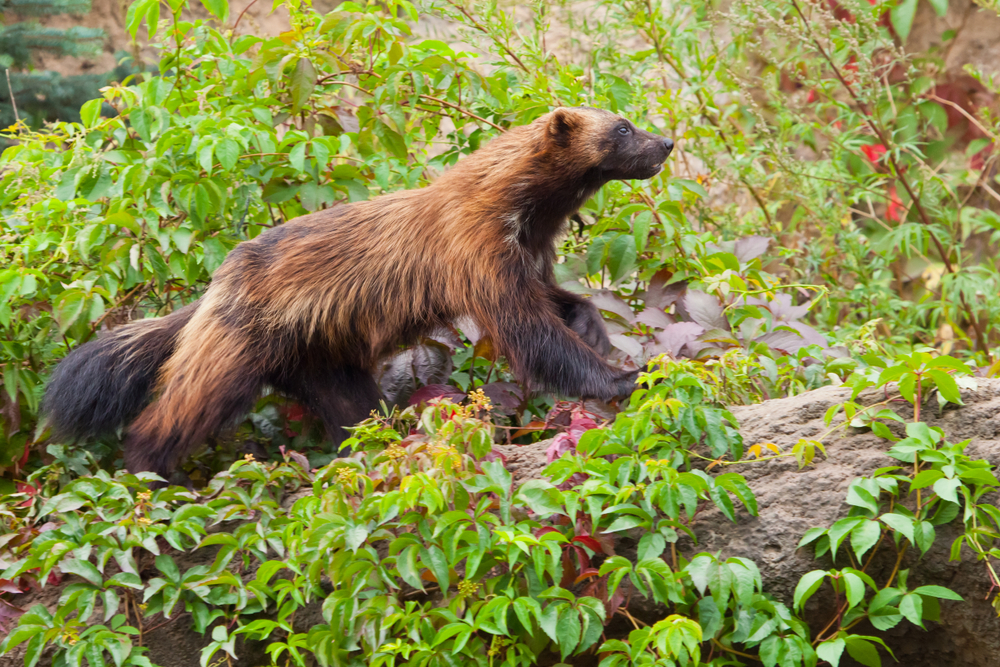
Wolverines are often misunderstood creatures known for their ferocity and strength. Despite their small size compared to larger carnivores, they have an outsized reputation for being fierce predators. If cornered, a wolverine won’t hesitate to attack, using its sharp claws and powerful jaws. They inhabit cold, remote areas, which means encounters with humans are rare but potentially dangerous. When food is scarce, their aggression can intensify, making them a formidable presence in their habitat.
Their aggression is mainly a survival tactic, allowing them to compete with larger predators for food. Wolverines are solitary animals, relying on their strength and determination to defend their territory. Their resilience in harsh conditions makes them a symbol of survival in adverse environments. These creatures are a reminder of the raw power of nature, encapsulating a spirit that is undeniably wild. While they might look like oversized badgers, wolverines are not animals to be taken lightly.
5. Bull Shark
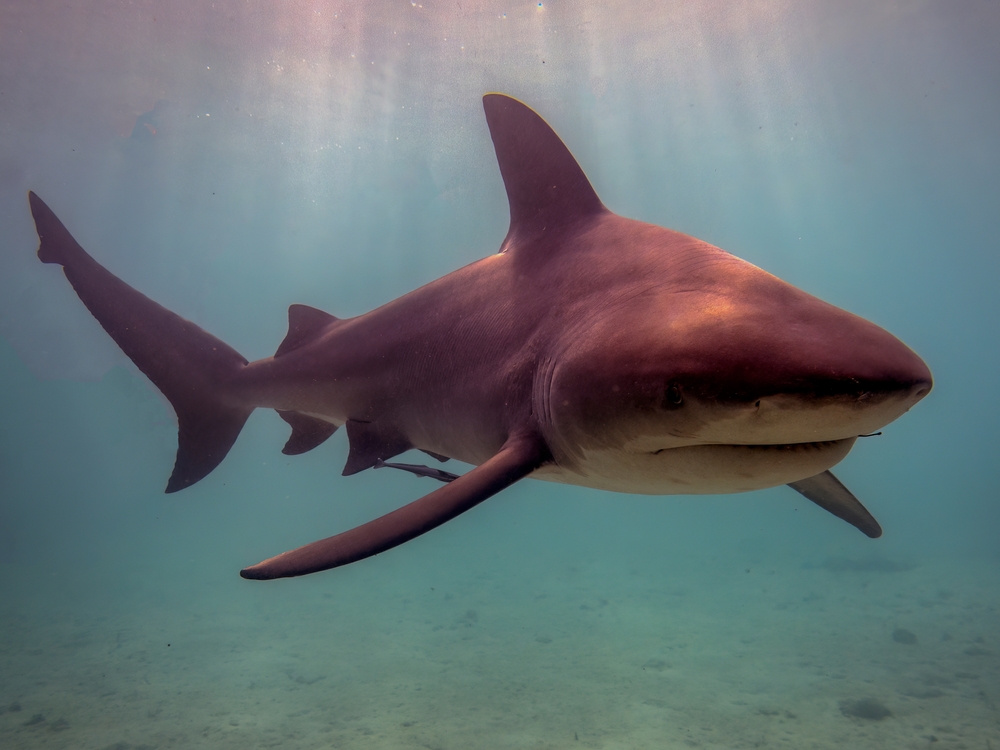
Bull sharks are notorious for their aggressive behavior and tendency to swim in shallow waters. Unlike other shark species, they can thrive in both salt and freshwater, increasing their potential for encounters with humans. According to research highlighted by the Florida Museum, bull sharks account for the highest number of unprovoked attacks on humans. Their aggressive nature is attributed to their territorial instincts and opportunistic feeding habits. These sharks strike first, leaving you little time to react.
Their aggression isn’t just toward humans; bull sharks are known to be feisty with other marine life as well. This territorial behavior stems from their need to dominate prime hunting areas and resources. Bull sharks display a boldness that is unmatched by many creatures in the ocean. Their unpredictable nature and adaptability make them one of the most concerning sharks to encounter. If you’re planning a dip in bull shark territory, it’s wise to stay informed and cautious.
6. Hippopotamus
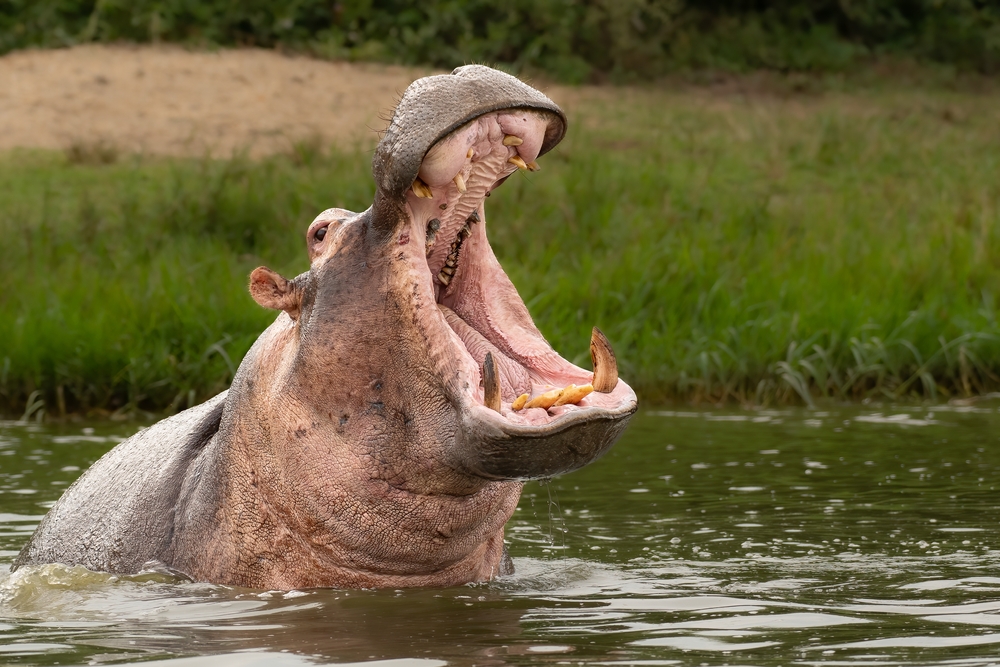
Hippopotamuses, or hippos for short, are often underestimated due to their seemingly docile appearance. However, they are considered one of the most dangerous animals in Africa. Hippos have large tusks and powerful jaws, which they use to assert dominance and protect their territory. They are known to be highly aggressive, especially when it comes to defending their young or their space in the water. Don’t let their size fool you; hippos can reach impressive speeds on both land and water.
Their aggression is primarily defensive, as they see threats where other animals might not. Hippos are territorial and will attack boats, humans, and even crocodiles if they feel encroached upon. This makes them one of the leading causes of human-wildlife conflict in regions where they reside. Their unpredictable nature means that even a peaceful-looking hippo can be a danger. So when it comes to these giants, maintaining a respectful distance is always the best course of action.
7. Tasmanian Devil
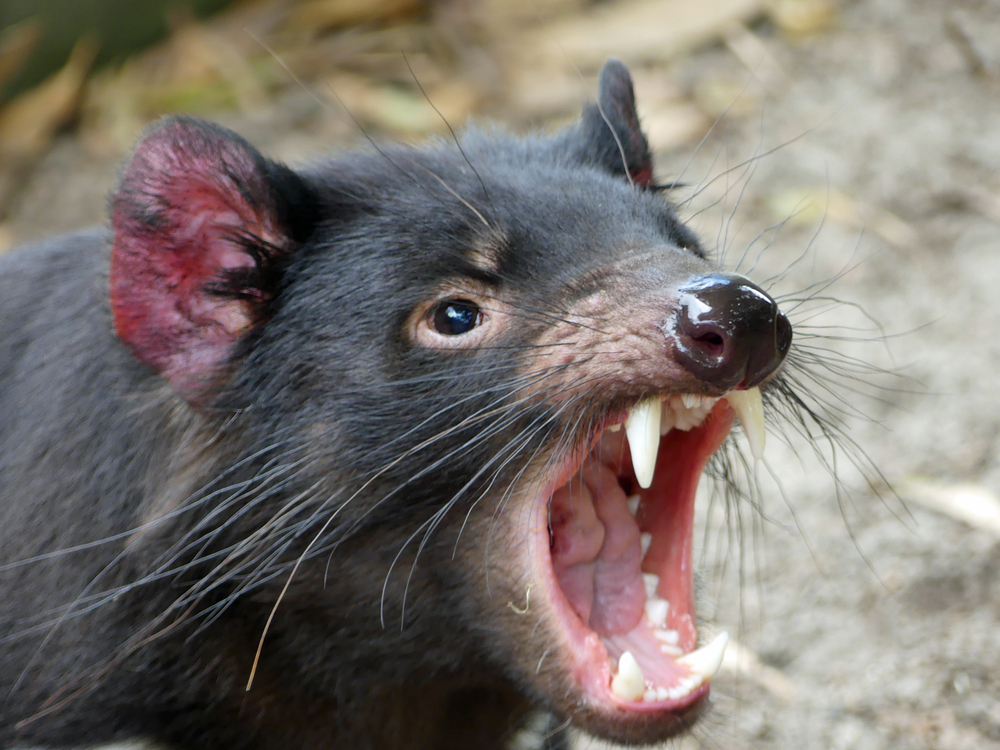
The Tasmanian devil, native to the island state of Tasmania, is known for its feisty and combative demeanor. These small marsupials have a reputation for being aggressive and territorial. If threatened, they emit loud screeches and display their sharp teeth as a warning. According to the Australian Museum, their aggression is mostly due to competition for food, as they often scavenge for their meals. This behavior ensures their survival in the wild, where resources can be scarce.
Despite their fearsome reputation, Tasmanian devils are often misunderstood creatures. Their aggressive displays are mostly bluffs, designed to scare off competition rather than provoke a fight. Nevertheless, if push comes to shove, they are equipped with strong jaws capable of delivering a powerful bite. These devils are an essential part of the ecosystem, helping to maintain balance by consuming carrion. While they may be small, their presence is mighty, and they serve as a reminder of nature’s complexity.
8. Rhinoceros
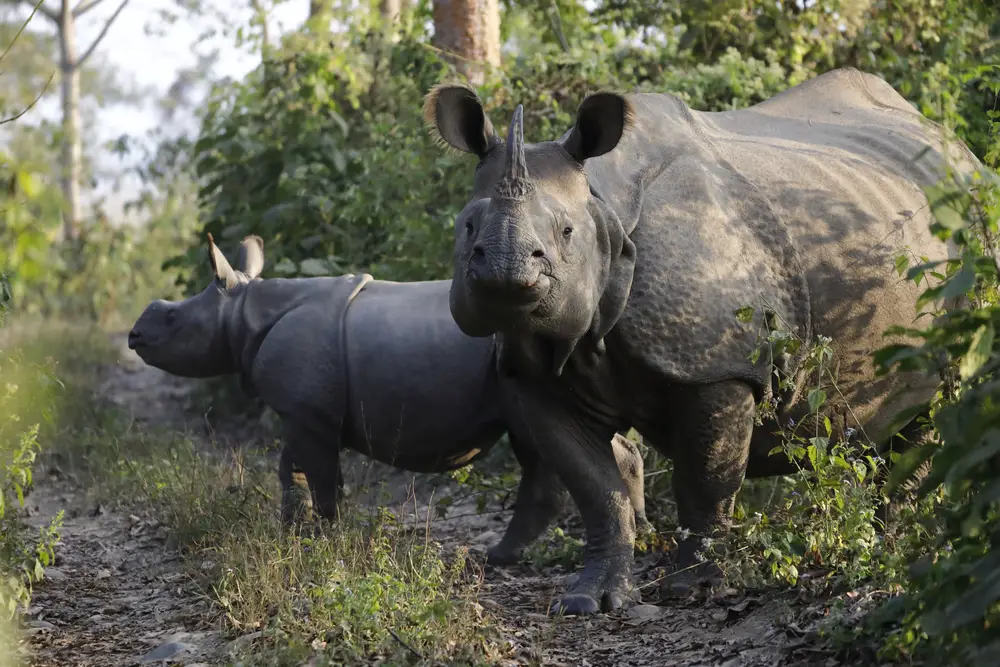
Rhinoceroses are large, powerful mammals often associated with their distinctive horns and thick skin. Despite their size, they are surprisingly agile and can charge at speeds of up to 35 mph. Rhinos are known to be aggressive, especially when they feel threatened or cornered. Their poor eyesight means they often rely on their sense of smell and hearing to detect danger. This can sometimes result in a charge first, assess later approach.
Their aggression is often misunderstood, as it primarily serves as a protective mechanism. Rhinos are solitary creatures, and their need to defend their territory is deeply ingrained. When they perceive a threat, they don’t waste time in showing who’s boss. This makes them one of the most formidable animals to encounter in the wild. While their numbers are dwindling due to poaching, their spirit and tenacity remain unbroken.
9. Jaguar
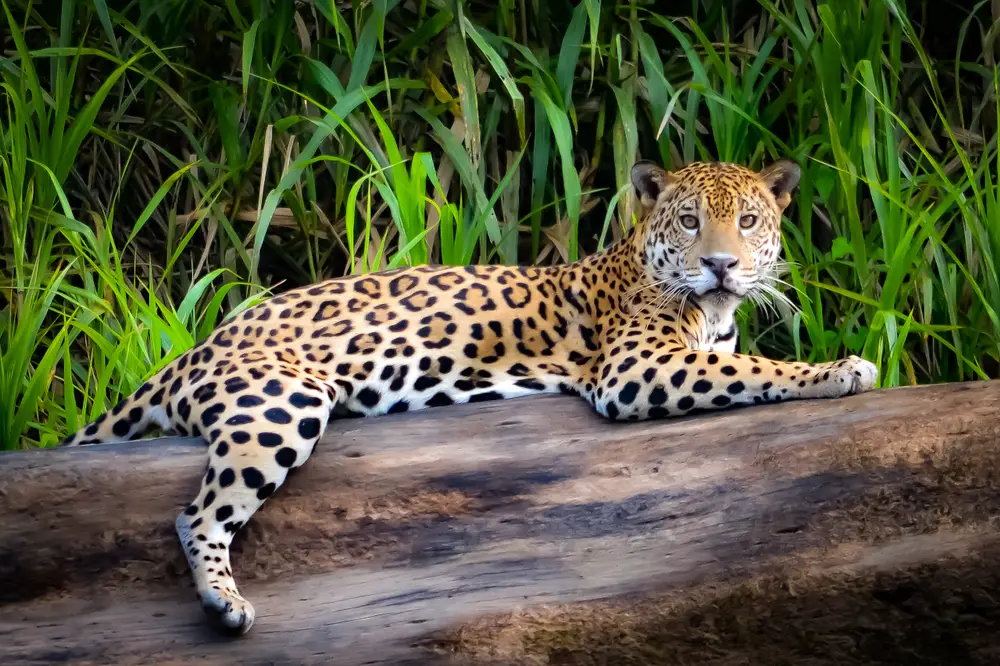
Jaguars are apex predators known for their strength, speed, and striking appearance. They are native to the Americas and prefer dense forests and swamplands as their habitats. Jaguars are solitary animals and tend to be territorial, often marking their range with scent marks and vocalizations. If threatened, they are quick to defend their space using their powerful jaws and sharp claws. Their bite force is among the strongest of any big cat, allowing them to pierce through the armor of reptiles.
Their aggression is a natural part of their survival strategy, enabling them to hunt and protect their territory effectively. Jaguars are known to be opportunistic hunters, often preferring to ambush their prey. This stealthy approach makes them efficient and formidable predators in their environment. While they usually avoid humans, their need to protect their territory can sometimes lead to conflicts. The jaguar’s majestic presence is a testament to its role as a vital part of the ecosystem.
10. Polar Bear
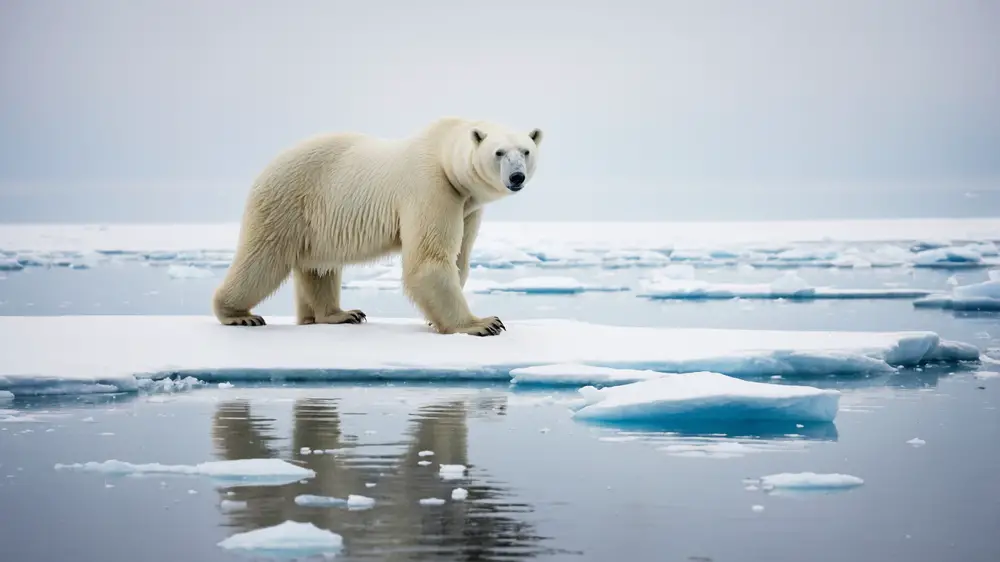
Polar bears are the largest land carnivores, residing primarily in the Arctic Circle. Despite their cuddly appearance, they are formidable predators with a powerful build. Polar bears are known to be aggressive, especially when it comes to hunting for food in their harsh environments. Their primary diet consists of seals, and they have adapted to be patient and efficient hunters. They will not hesitate to assert dominance if threatened or hungry.
Their aggression is largely a byproduct of their need to survive in such extreme conditions. Polar bears have evolved to handle long periods without food, which can make them particularly tenacious when they do hunt. Their strong swimming abilities and keen sense of smell make them adept at locating prey. While interactions with humans are rare, they can be dangerous due to the bears’ need to protect their young and secure food. As climate change affects their habitat, understanding these majestic creatures becomes even more crucial.
11. Komodo Dragon
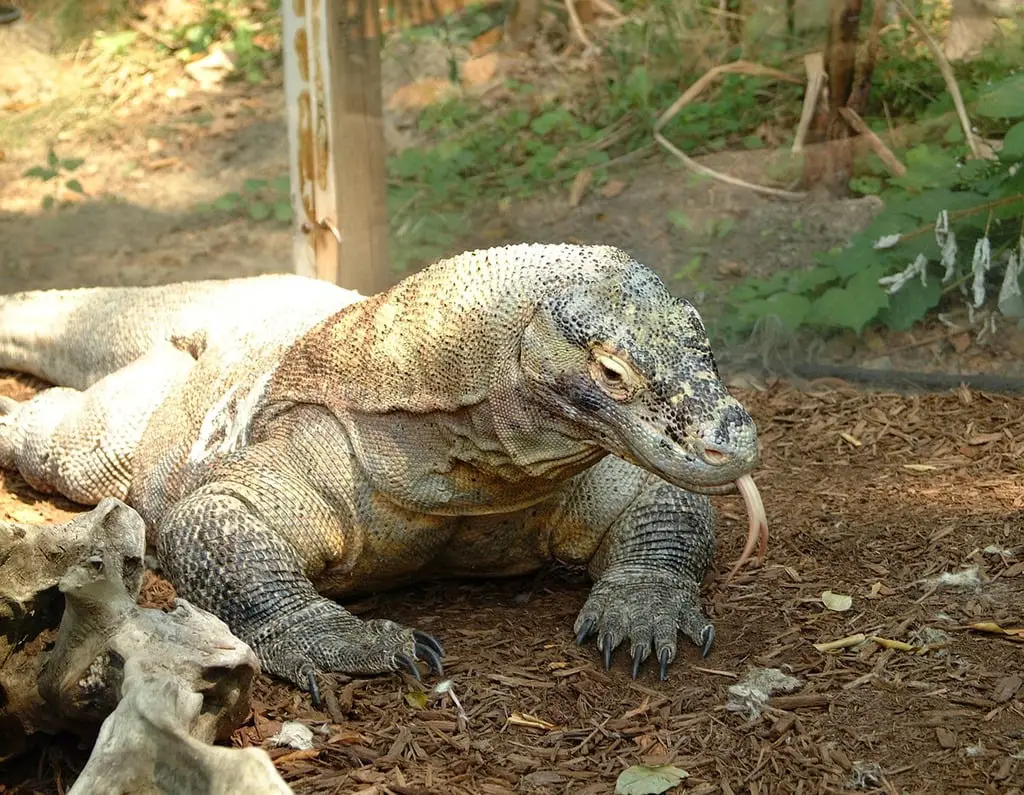
Komodo dragons are the largest living species of lizards, found primarily on the Indonesian islands of Komodo, Rinca, Flores, and Gili Motang. They are powerful hunters with a reputation for their aggressive nature. If they sense food or feel threatened, they can become highly belligerent. Their saliva contains toxic bacteria, and a bite can lead to severe infections. These reptiles command respect from other animals and humans alike.
Their aggression is a blend of defensive behavior and hunting prowess. Komodo dragons have a unique approach to hunting, often using their strong sense of smell to track down carrion or prey. They are solitary creatures, relying on their strength and endurance to capture their meals. These dragons are highly territorial and will not hesitate to confront other animals, including their own kind. While their appearance may seem prehistoric, their adaptability and power are anything but outdated.
12. Ostrich
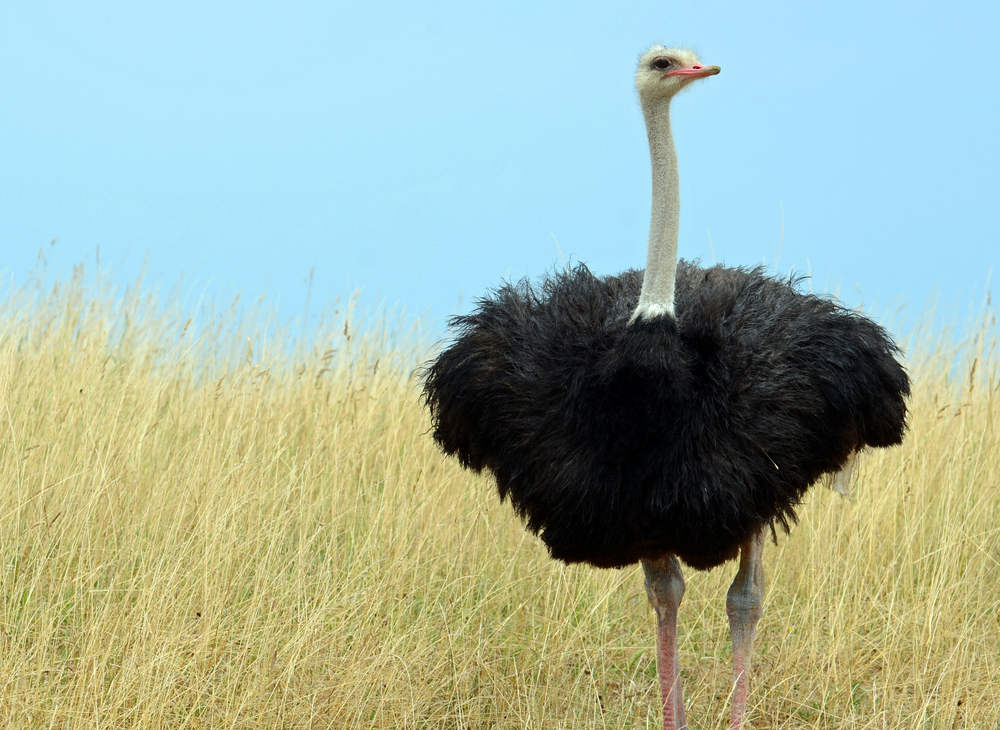
Ostriches are the largest living birds, native to Africa’s savannas and open woodlands. Known for their speed, they can outrun most predators in their habitat. However, if cornered or threatened, ostriches can become highly aggressive. They deliver powerful kicks capable of causing serious harm or even death. Their long, muscular legs are their primary means of defense in the wild.
Their aggression is often a defense mechanism to protect their young or territory. Ostriches have excellent vision and can spot threats from far distances, giving them an advantage in open landscapes. While they might appear awkward or ungainly, their power and agility are not to be underestimated. Interactions with humans should be approached with caution, as their unpredictable nature can lead to dangerous encounters. Admiring these magnificent birds from a distance is always the safest bet.
13. Elephant
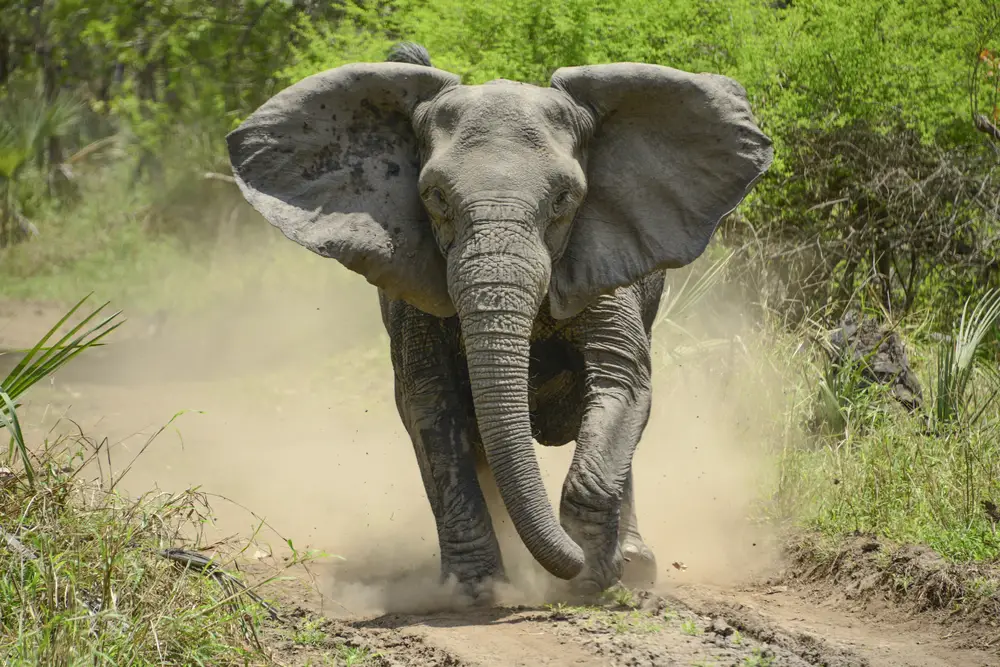
Elephants are the largest land animals, known for their intelligence, social structures, and formidable size. Despite their generally gentle nature, they can become extremely aggressive if provoked. Elephants have strong family bonds, and their protective instincts are heightened when it comes to their young. If they perceive a threat, they will charge to defend their herd. Their sheer size and strength make them a force to be reckoned with.
Their aggression is primarily driven by their need to protect and maintain social harmony within their group. Elephants communicate using a range of vocalizations and body language, which often serve to warn intruders. In regions where they are threatened by human activity, their aggression can escalate as they defend their habitat. Understanding their behavior is key to coexisting peacefully with these magnificent creatures. When encountering elephants, respect and caution are paramount.
